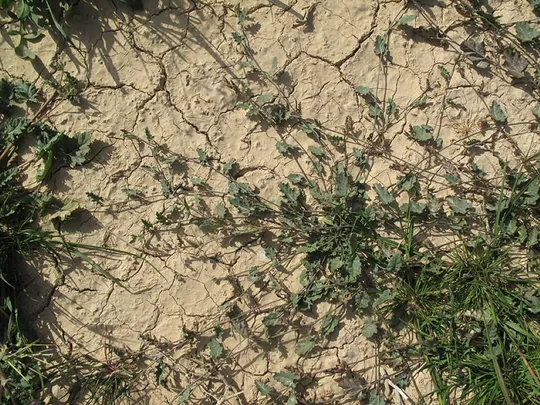Convolvulus pilosellifolius
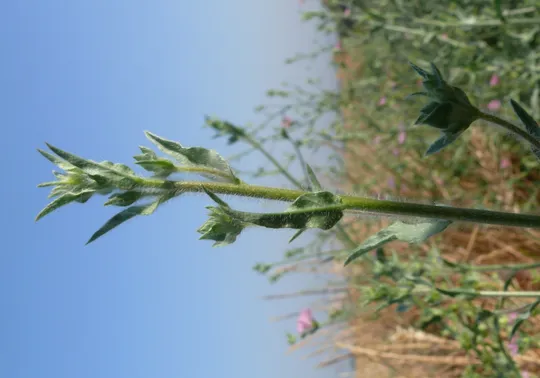
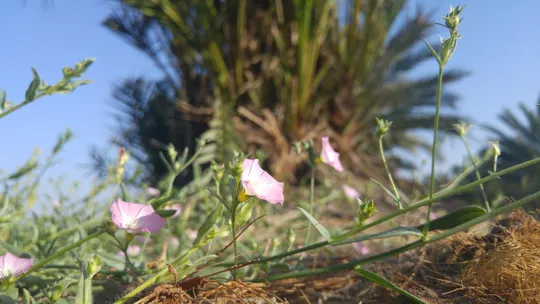
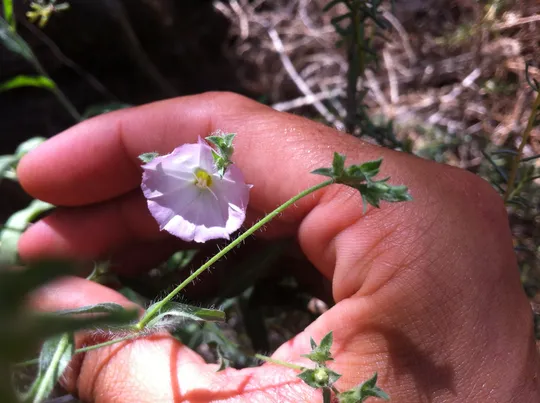
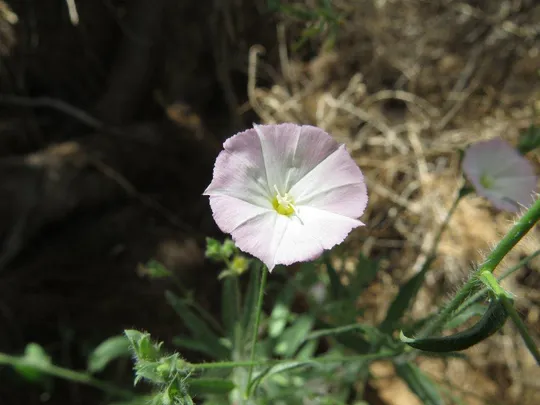
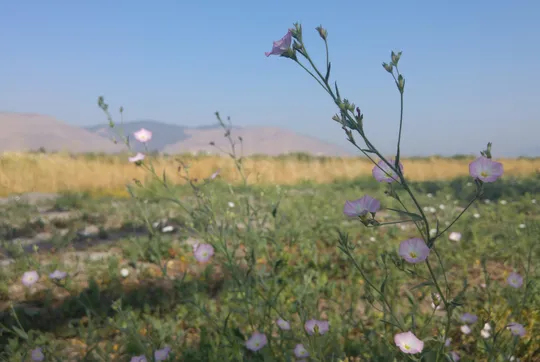
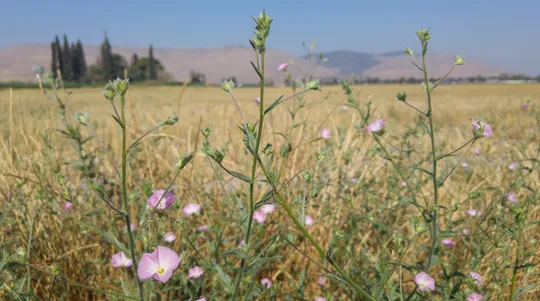
Convolvulus pilosellifolius is
extinct in Israel. It grew
previously in the Jordan Valley and the Dead Sea: it was collected from Jericho
in 1924-1925 and near the Allenby Bridge in 1921 and 1935. It was also collected near the baptism site in
Jordan, near Jericho in 1921 and 1942. In
En Gedi the species was collected once on the outskirts of an irrigated
field in 1941 (the drawing in the Flora Palaestina is based on the Herbarium
record) It was also collected once near the St. George monastery in Wadi Qelt
in 1942 by Tuvia Kushnir. Since the 1970s botanists have been looking for the
species in Jericho and En Gedi unsuccessfully. Danin (2004) notes this species
from the Golan.
C.
pilosellifolius was collected on the Jordanian side of
the lower Jordan Valley and on the shores of the Dead Sea: in the past the
plant was collected in Tsafi (Noah Nftolsky, 1925),
A-Rama and Allenby Bridge (1922), Ur el Mazra'a (the Lisan, Aronson, 1908) and Kallirrhoe (= A - Zarqa
today) (Dinsmore, 1908). C.
pilosellifolius is not found at any of these sites,
except for Kallirrhoe (Ravak and
Schmida, 2000) where it survived. Aronson
writes in his diary during his visit to the Lisan Peninsula in el Mazra'a "This is a species common in fields where crops
grow." A thorough search for
the plant in Jordan at sites other than Kallirrhoe were unsuccessful and did
not produce results, and C. pilosellifolius
is probably extinct in all of them. The
extinction pattern on the Jordanian
side is similar to that on the Israeli side, other than the fact that there is still
one surviving site in Jordan where the plant is common and has a thriving
population. On this site,
intensive farming is still in its early stages and thanks to the difficult
terrain, some extremely rare Sudanian plants are saved. Recently a small population of C.
pilosellifolius was found in Feyfe in the southern Dead
Sea area of Jordan.
At the margins
of fields and irrigation canals in oases, in sandy soils in extreme hot
deserts.
see Convolvulus fatmensis.
Note regarding
the species identification: it is possible that the
identification of this taxon is mistaken. It is our opinion the species belongs to C. prostrate (=C.microphyllum), that grows in hot habitats of the Red Sea
region, and the morphological properties of the plant match the
description of the plant in the literature. We did not change the
scientific name of the plant at this time, but the data of the taxon on its geographical distribution and rarity
criteria remain valid.
C.
pilosellifolius is
noted in
the literature as a plant whose distribution
is Irano-Turanian, which grows in cultivated areas in the desert. In Sheila Collonette’s
book (1984) on the Saudi Arabian plants, another plant with a much larger flower, is photographed as “Convolvulus
pilosellifolius” whereas the taxon from Klirohi exactly fits the description of C. prostrate. This is also true for the flora of Yemen (Wood, 1997). According to the plant
characteristics and its area of distribution it seems that it is C. prostrate a Sudanian species, adapted as a noxious weed on hot irrigated desert fields. This species has a characteristic relatively small white flower, a
herbaceous calyx whose leaves are
spatulate and hairy ovaries and fruit.
·
Convolvulus pilosellifolius is extinct
from En Gedi,
from
lower Jordan and Jericho – the three sites from where the plant
was collected eighty years ago. All these sites have a characteristic oasis Sudanian climate, with water available from springs, streams or irrigation canals.
·
In Jordan C. pilosellifolius is also extinct
from most of its sites, which clearly indicates the serious damage done to oases as a result of the development of agriculture and the diversion of
water for irrigation and human use.
· There is no
information on the number and size of C. pilosellifolius populations that were once located in En Gedi and Jericho, but one can still deduce their demographic and management
characteristics from the populations in Jordan.
Convolvulus pilosellifolius should be reintroduced
to Israel and repopulated at En Gedi. Following the
success Mikhael Blekher has had in rehabilitating plant populations
in En Gedi, seeds should
be brought from Kallirrhoe and used to reintroduce C. pilosellifolius in En Gedi.
Convolvulus pilosellifolius grows in the eastern Saharo-Arabian region up to the Rajasthan
Desert in India: Sudan, Somalia, Ethiopia, most areas of Egypt, South Sinai,
most of the regions of Arabia, Yemen, southern Iran, Afghanistan,
and southern Pakistan. It is fairly common in the sands of Rajasthan.
Convolvulus pilosellifolius
is a Sudanese herbaceous perennial plant that is typical of oases
in the Dead Sea Valley and which is now extinct in Israel and severely
endangered on the Jordanian side. It
should be reintroduced immediately!
Current Occupancy Map
| 1000 squre meter pixel | 5000 squre meter pixel | 10000 squre meter pixel | |
|---|---|---|---|
| number of observations | 0 | 0 | 0 |
| in total pixels | 0 | 0 | 0 |
| Family | Convolvulaceae |
| Classification | On the endangered species list |
| Ecosystem | Desert |
| Chorotype | Sudano – Eastern Saharo - Arab |
| Conservation Site |
| Rarity |
1
4
6
|
|---|---|
| Vulnerability |
0
3
4
|
| Attractiveness |
0
1
4
|
| Endemism |
0
0
4
|
| Red number |
1
4.2
10
|
| Peripherality | S |
| IUCN category | DD EW EX LC CR EN VU NT |
| Threat Definition according to the red book | Endangered |
 Based on:
Based on:
